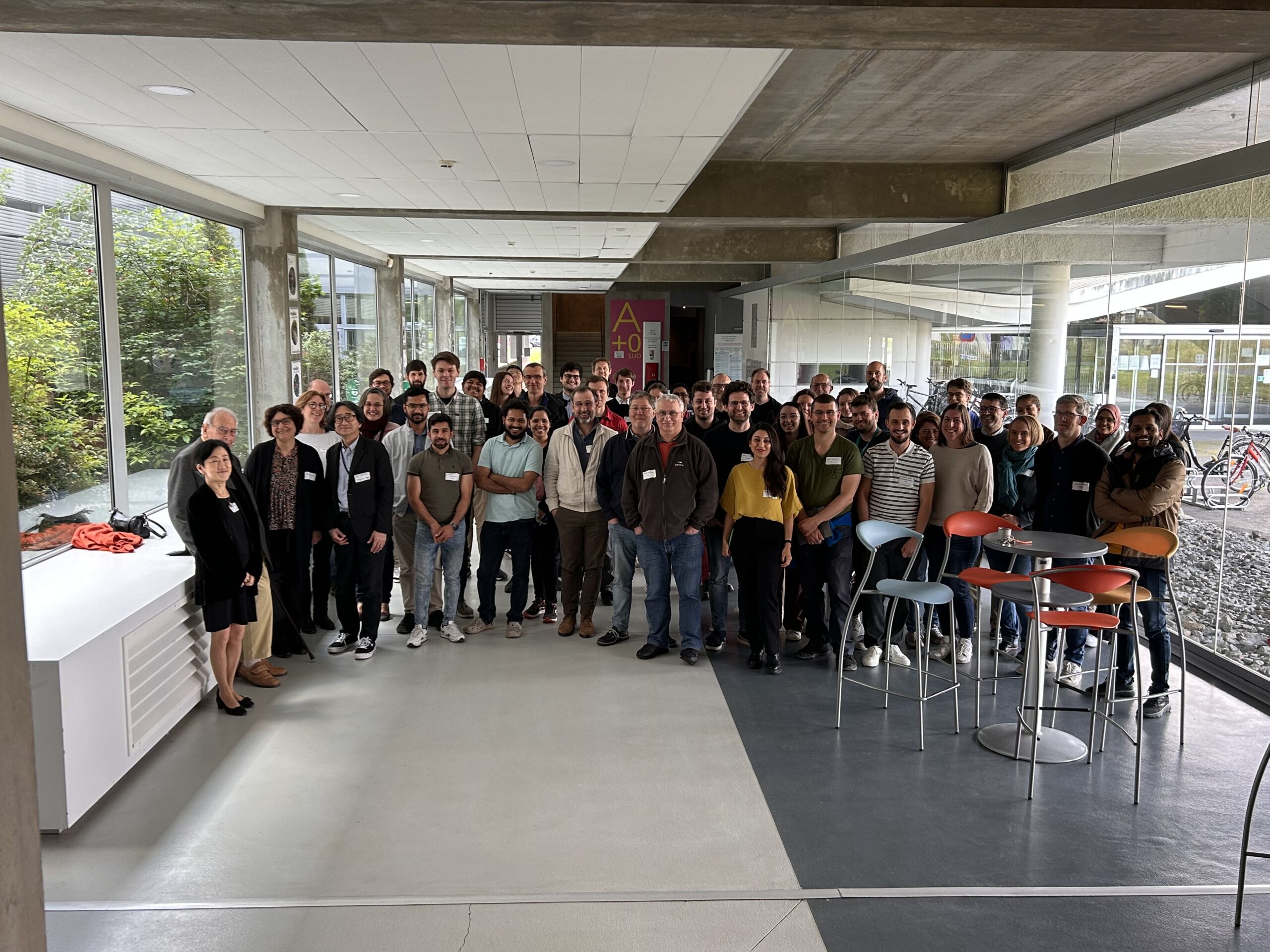
24th of Mai 2024INFORMATIONS : The kinoa-day will take place at IECB building.Allotted time slots include a question and answer session, typically lasting 3 to 5 minutes, depending on the length of the presentations |
PROGRAM :
10h40 -11h10 : Coffee break/poster installation
12h10-13h30 : lunch/discussions and poster’s presentation
15h45 -16h10 : Coffee break/posters
|


